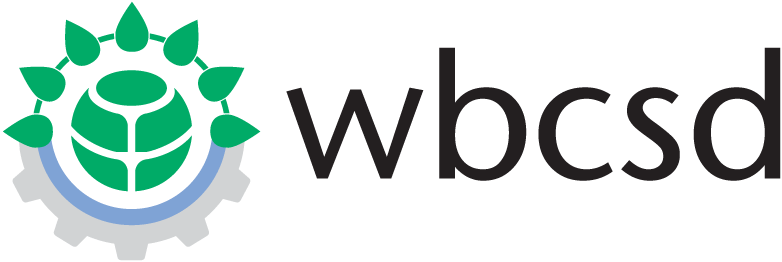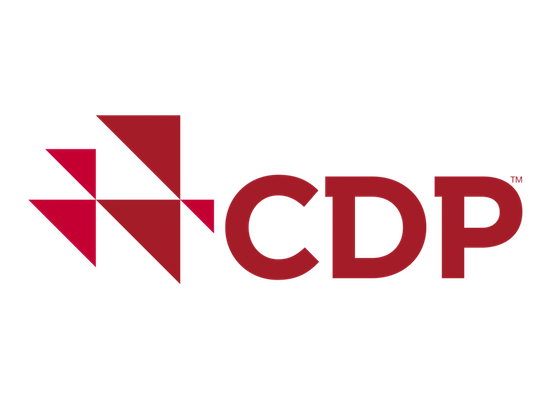Demands for credible, transparent sustainability reporting on supply chain sustainability performance continue to grow. Proactively reporting on supply chain sustainability is both a responsibility and a strategic move that facilitates benchmarking and encourages others to do the same. To enhance openness, consider how you could share more key value chain sustainability data that clarifies your progress against your goals. To ensure your disclosure is meaningful and accessible, consider what metrics would be most relevant to key stakeholders. By adopting a more transparent approach, you will contribute to a culture of accountability, openness, and collaboration in your sector.
EXAMPLE: Linking procurement outcomes to the SDGs in The Netherlands
The Province of Zeeland uses data linked to the Sustainable Development Goals (SDGs) to assess the positive impact of its procurement. Zeeland partnered with the Sustainable Procurement Platform¹ to show the impact of procurement projects. Progress on the objectives is then made visible to the public via an online dashboard. As part of its Sustainable Procurement Plan 2021-2024,² the province commits to each procurement project being transparent about the considerations and results.
EXAMPLE: Asics facility-level disclosures
Asics disclosed its supplier list in Excel format, making it easily accessible to stakeholders. The list includes facility-level data, including addresses, product types, number of workers, percentage of migrant workers, and workforce gender ratio.³
EXAMPLE: Unilever's Palm Oil Grievance Tracker
Unilever publicly discloses all complaints it has received about its palm oil supply chain. Grievances are defined as alleged breaches of its People and Nature Policy and related guidelines.⁴
EXAMPLE: Disney's public supplier facilities list
Disney publishes a list of supplier facilities to help foster collaboration with others interested in improving working conditions. For instance, it allows peers to find shared suppliers by searching the list of over 8,000 suppliers, which includes names, locations, and contact information.⁵




